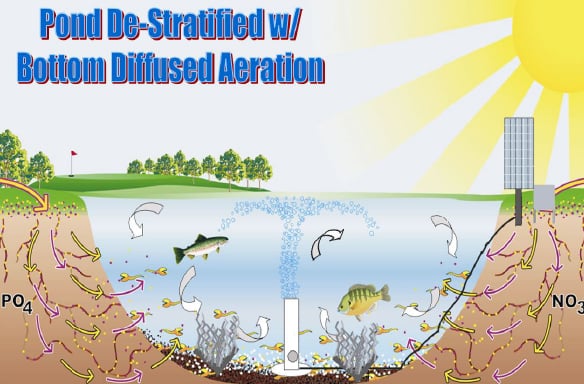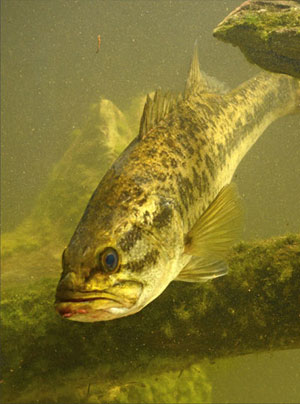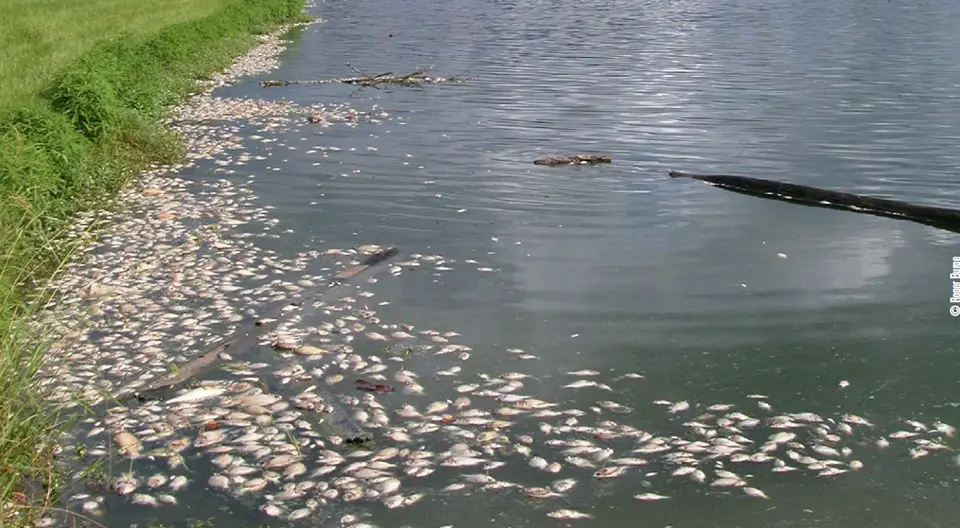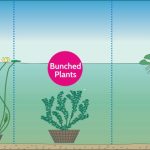Have you ever noticed changes in the water quality or appearance of your pond? One common issue that pond owners may encounter is a phenomenon known as “pond turnover.” Pond turnover can have negative effects on the ecosystem of your pond, so it’s important to be able to recognize the signs and take appropriate action. In this blog post, we will discuss what pond turnover is, how it can impact your pond, and how to tell if a pond has turned over.
Understanding Pond Turnover
Pond turnover, also known as “lake turnover,” is a natural process that occurs in bodies of water, including ponds. It happens when the layers of water in the pond mix together, typically due to changes in temperature. During the warmer months, the water at the surface of the pond heats up, while the water at the bottom remains cooler. This temperature difference creates layers in the pond, with warmer water on top and cooler water at the bottom.
As the seasons change and temperatures cool down, the water at the surface begins to cool as well. Eventually, the water at the surface becomes cooler than the water at the bottom, causing the layers to mix. This mixing process is known as pond turnover.

Credit: magnoliafisheries.com
Effects of Pond Turnover
Pond turnover can have significant effects on the ecosystem of your pond. When the layers of water mix, several things can happen:
- Depletion of oxygen levels: During turnover, oxygen that is normally found at the surface of the pond can be distributed throughout the water column, leading to lower oxygen levels for fish and other aquatic life.
- Release of nutrients: Nutrients that have accumulated at the bottom of the pond, such as nitrogen and phosphorus, can be brought to the surface during turnover. This can result in algal blooms and poor water quality.
- Changes in water clarity: The mixing of water layers can cause sediment and other particles to become suspended in the water, leading to reduced water clarity.
Signs That a Pond Has Turned Over
So, how can you tell if a pond has turned over? There are several signs to look out for:
- Unusual odors: If you notice a foul or “rotten egg” smell coming from your pond, it could be a sign that the water has turned over and hydrogen sulfide gas has been released.
- Changes in water color: A sudden change in the color of the water, such as it turning murky or green, can indicate that the pond has turned over and algae growth has increased.
- Increased algae growth: Following pond turnover, you may notice a significant increase in algae growth on the surface of the water or along the shoreline.
- Fish gasping at the surface: Fish gasping for air at the surface of the pond can be a sign of low oxygen levels resulting from turnover.
Preventing Pond Turnover
While pond turnover is a natural process, there are steps you can take to help prevent its negative effects on your pond:
- Aerate your pond: Installing aeration systems, such as fountains or aerators, can help maintain oxygen levels in the water and prevent stratification.
- Reduce nutrient inputs: Limiting the amount of nutrients entering your pond, such as through runoff from fertilizers or animal waste, can help prevent excessive algal growth.
- Monitor water quality: Regularly testing the water quality of your pond can help you identify any issues early on and take corrective actions.
- Control algae growth: Implementing strategies to control algae growth, such as using algaecides or introducing aquatic plants, can help maintain water clarity and quality.

Credit: www.mossyoak.com
Conclusion
In conclusion, pond turnover is a natural process that can have significant impacts on the health and quality of your pond. By understanding what pond turnover is, how it can affect your pond, and how to recognize the signs of turnover, you can take proactive steps to prevent and mitigate its negative effects. Remember to monitor your pond regularly, maintain good water quality, and implement preventive measures to ensure a healthy and thriving pond ecosystem.





